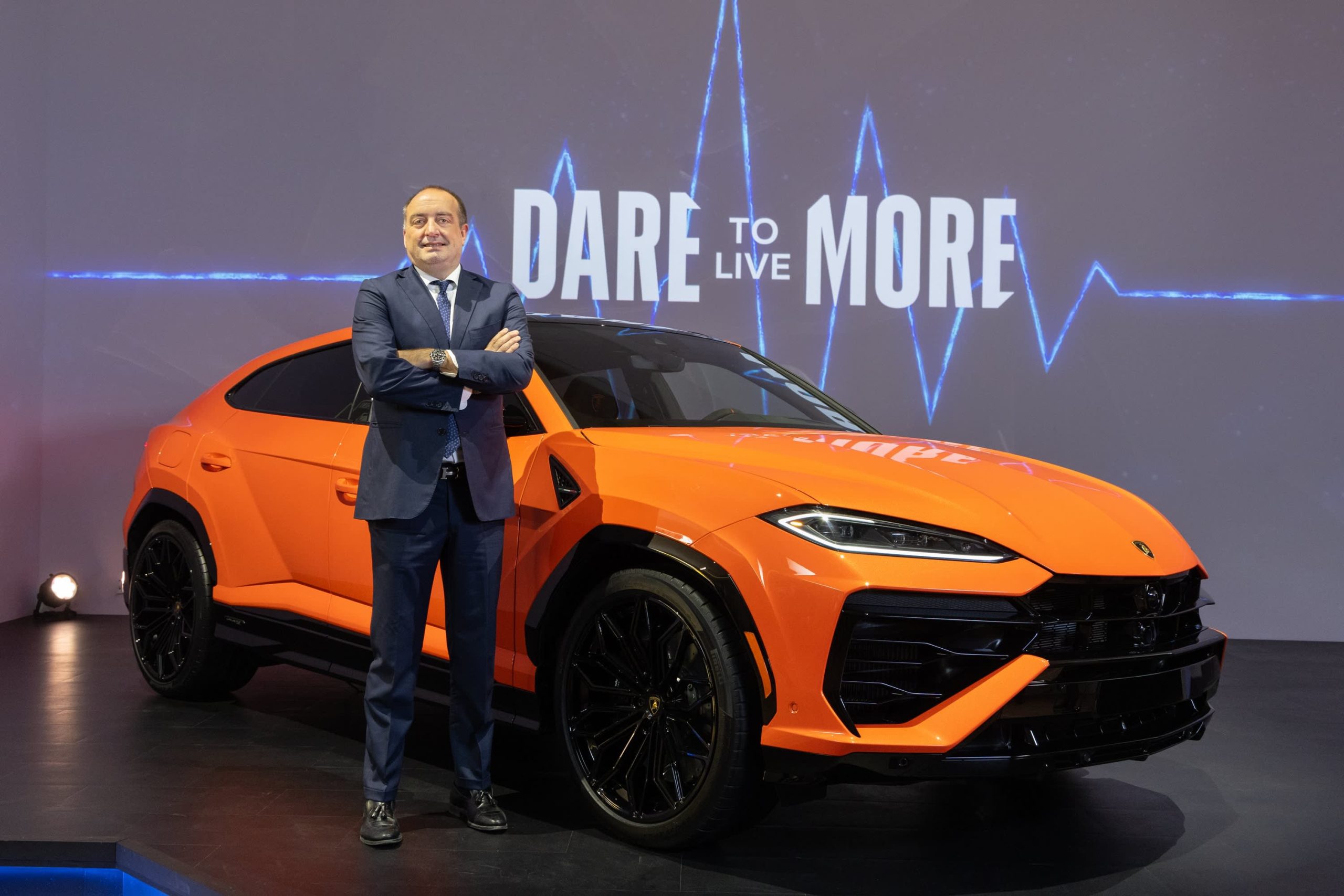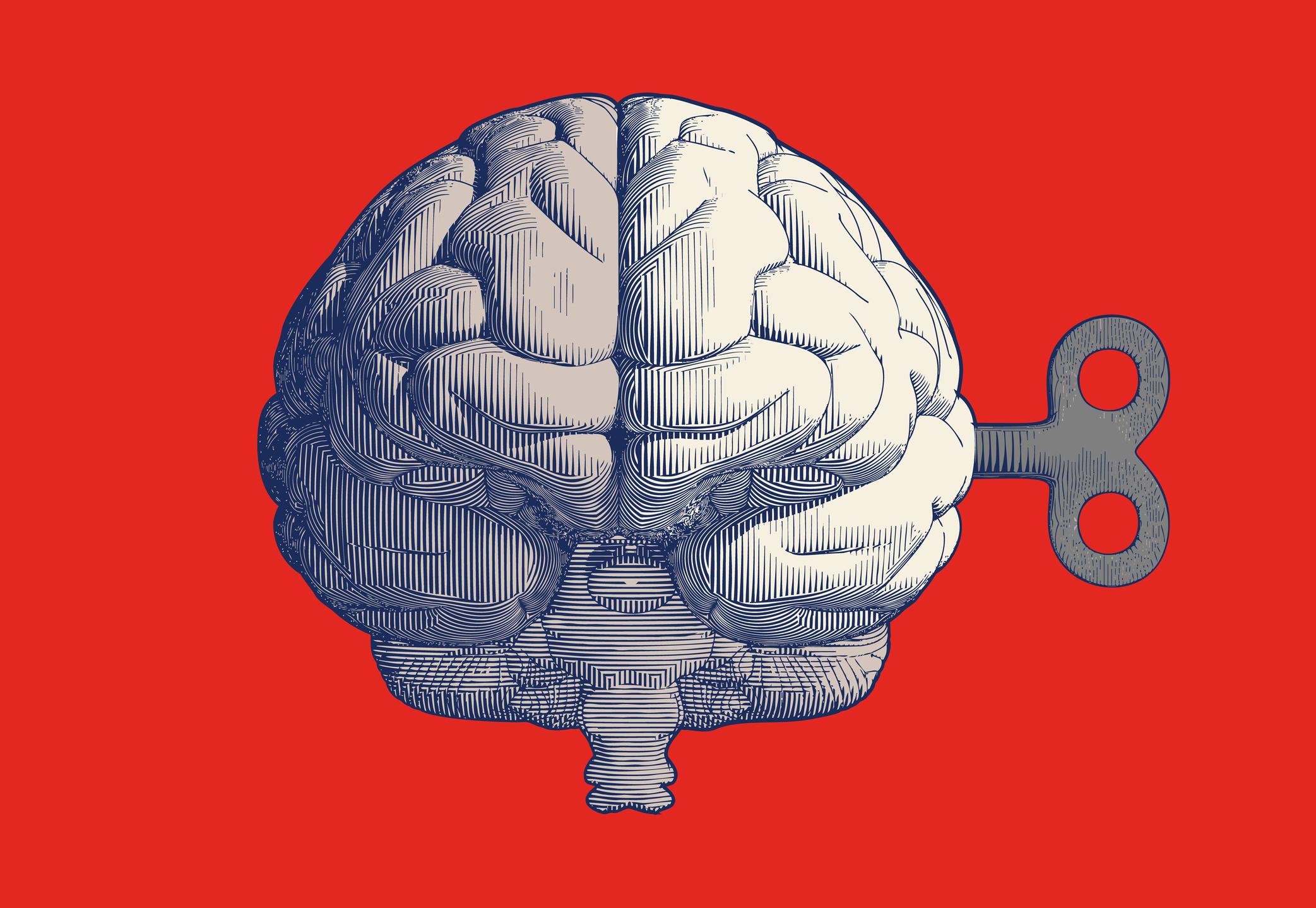HOW TO GET SMARTER: START WITH THE BRAIN ITSELF
On the frontier of neuroscience, researchers are inventing devices to upgrade our minds.
No one has yet deciphered the brain signals that encode a complex thought, turn an idea into words or make a lasting memory. But powerful clues are emerging to drive the neurotechnology of learning, scientists say.
On the frontier of neuroscience, researchers are inventing devices to enhance learning abilities, from wearable nerve stimulators that boost mental focus to headsets for wireless brain-to-brain communication.
By listening to the electric whispers of thought, some scientists are discovering how to help neurons reinforce what we learn. Others, many of them funded by the Defense Advanced Research Projects Agency, the Pentagon’s research arm, are devising ways to improve the brain’s capacity for learning by expanding our natural range of senses to encompass other wavelengths of light or electromagnetic frequencies.
At the same time, education experts are working to understand how classroom education and other experiences affect brain development. They are tracking cognitive changes among 11,000 young people for a decade through the largest long-term study of childhood brain development ever conducted in the U.S.
New brain-computer interfaces, like those under development by Elon Musk’s Neuralink and others, promise to transform learning by increasing the number of high-speed communication links within the brain. Most, though, require brain surgery, limiting their use among healthy children and adults.
Advances in the neurotechnology of learning promise to alter how the brain functions, and ultimately our sense of self, scientists say. Brain stimulation techniques, for example, can trigger changes in demeanour and character traits, sometimes leading to changes in a sense of personal identity, according to a new review of brain monitoring technology in the journal APL Bioengineering.
The advances also raise challenging ethical issues of access, equity and privacy. “If there were a prosthetic that improved a person’s memory, is that an unfair advantage?” says neuroscientist Robert Hampson at Wake Forest Baptist Medical Center in Winston-Salem, N.C.
“You don’t want to create social classes of those who have access to the technology and those who don’t,” says Alfred Emondi, a program manager at Darpa’s Biological Technologies Office.
Linking Minds
Imagine a world where students see not just eye-to-eye with their teachers, but mind to mind. A wireless headset that can share information between one brain and another may begin preclinical testing in the coming months, scientists say, bringing a world of classroom mind melds and wireless brain connections to computer networks one step closer to reality.
In an $18 million Defense Department project, scientists led by Rice University neuro-engineer Jacob Robinson are combining advanced optical physics, nanotechnology, magnetic stimulation and genetic engineering in a wearable system that uses light to decode neural activity in one brain and magnetic fields to encode that activity in another brain, all in less than one-twentieth of a second.
“You would be able to think a word or think about an image and have that image directly and almost immediately transfer to someone,” says Dr. Robinson.
To read neural activity, the research team will use genetic engineering to alter neurons so that they absorb light when they are actively firing, adapting a gene therapy technique already under development to treat Alzheimer’s disease. Those tiny fluctuations in light can be picked up by newly invented photon detectors arrayed in a headset and then relayed to another brain. To write information at the receiving end, magnetic signals would activate receiving neurons.
If it all pans out, linked brains could one day convene a classroom of the mind. Scientists at University of California, Berkeley, and the U.S. Institute for Molecular Manufacturing have predicted that within 20 or 30 years such noninvasive neural links could lead to an “internet of thoughts” that connect neurons to vast cloud-computing networks in real time, providing access to supercomputing storage and processing capabilities and artificial intelligence systems.
“I see a day when people will be connecting to their brains in the workplace and in the classroom, even in social situations,” Dr. Robinson says.
Boosting Memory
To strengthen memory, bioengineers are experimenting with brain implants that boost our ability to learn, by catching and correcting the mistakes the brain can make as it encodes new information.
In recent tests, researchers at Wake Forest and the University of Southern California in Los Angeles, led by Dr. Hampson, found that their surgically implanted experimental device could boost performance on simple memory tests by up to 37%. They tested the system on 15 volunteers who already had electrodes surgically implanted in various parts of their brains, including the hippocampus, as part of a brain-mapping procedure to treat severe epilepsy.
The ultimate goal is a wireless memory prosthesis that could be worn like a real-life thinking cap by anyone seeking to learn something new, from veterans recovering from traumatic brain injuries to the elderly suffering from Alzheimer’s disease to students cramming for final exams. That may still be decades away.
“Memory is essential to our cognitive function. It allows us to create the narrative of our lives,” says Matthew Pava, a program manager at Darpa’s Biological Technologies Office, which is funding the development of this and other memory implants to aid soldiers who have suffered brain injuries and resulting memory loss in combat.
Hoping to improve learning abilities, several research groups are testing experimental implants in the temporal cortex, an area involved in recalling words, and in a densely packed cluster of neurons shaped like a sea horse called the hippocampus, which serves as a switchboard for learning and recalling information.
The latest experiment at Wake Forest and USC boosted damaged memory cells by stimulating them with electrical signals recorded from healthy neurons.
As the volunteers studied images of plants, animals and landscapes, the implant continuously monitored their brain activity. Whenever it detected brain cells misfiring during memory formation, it played the signal of a properly functioning neuron. That seemed to override the errant signal and ensure that the memory of the image being observed was encoded correctly, the scientists say.
“It is almost like having a better version of you that teaches you, when you have low memory function, to have better memory function,” says Dong Song, a biomedical engineer at USC and a co-author of the study.
For now, the device offers persuasive evidence that scientists can enhance one of the brain’s highest functions—the ability to store and recall memories. It is the first time scientists have been able to identify a patient’s own brain cell code or pattern for memory and, in essence, “write in” that code to make existing memory work better, Darpa officials say.
Energising Thought
Think of a pacemaker for the mind that amplifies learning abilities.
Darpa-funded researchers are finding ways to boost brain power by energizing key nerves with micro-pulses of electricity. Once it becomes practical, someone wearing a tiny electrode or a special appliance while they study might become fluent in a new language in months instead of years.
Researchers have targeted the vagus nerve, which runs from the neck to the abdomen and helps control mood, immune responses, digestion and heart rate, and the trigeminal nerve, which transmits sensory information to the face and jaw.
A trickle of electrical current applied to these critical nerve fibers can spark the release of neurotransmitters in the brain, such as acetylcholine, dopamine, serotonin and norepinephrine, that strengthen synaptic connections to make learning more efficient, scientists researching the technique say. These can enhance our ability to pay attention, detect and understand patterns, remember instructions, and organize new information.
The effort advances a technique that has been used mostly to control chronic pain. More than 100,000 patients have received vagal nerve implants to treat intractable epilepsy, treatment-resistant depression, cluster headaches and migraine.
But scientists don’t yet know how to fine-tune the pulses of electricity to evoke a brain state conducive to learning or whether there are serious adverse side effects to zapping the nerves to stimulate the thought process.
“If we can make these things less and less invasive while making sure we are engaging the nerves, we can start to move beyond just doing this for people who have injury or ailments,” says Justin Williams, a Darpa-funded neuro-engineer at the University of Wisconsin-Madison who is studying how nerve stimulation can impact learning.
Gaming the Brain
Jan L. Plass sees the future of cognitive enhancement in a flurry of smashed avocados, a hungry octopus and a flock of fickle aliens.
These are all characters in three experimental mobile games that Dr. Plass, an expert on digital learning at New York University and co-author of “Handbook of Game-based Learning,” is creating with developmental psychologists, neuroscientists and education specialists at NYU, City University of New York and the University of California at Santa Barbara.
Meant for children aged four and older, the free games are designed to improve cognitive skills, including working memory, concentration and mental flexibility. They are a product of a four-year project funded by the Education Department. The research that went into their design effectiveness is documented in eight peer-reviewed scientific papers.
Though parents and teachers can choose from thousands of educational games and apps online, there is little evidence that other brain games improve learning skills, according to a study published earlier this year in the Journal of Experimental Psychology, the largest of its kind.
The first of Dr. Plass’s games, Gwakkamolé, was designed to train inhibitory control, or the ability to control one’s attention, behaviour, thoughts and emotions. CrushStations focuses on training working memory. All You Can ET is designed to train cognitive flexibility, the ability to switch between thinking about two different concepts and to juggle multiple ideas simultaneously.
“The games are based on our understanding of how the brain works, how we learn to process information, and how we experience emotions,” says Dr. Plass. “If you are in a positive, playful state while you are learning, this has been shown to be tremendously helpful.”
The games, though, are still an experiment in progress. To determine whether or not they actually do improve brain functions, the scientists plan to assess them by testing children before and after playing the games using a standard set of cognitive tests developed by the National Institutes of Health.
Monitoring Pupils
Researchers are eyeing the brain for a real-time readout of boredom, inattention, focus and concentration.
Scientists at Baylor College of Medicine can detect minute changes in the muscles that dilate the pupil of the eye by using a camera with infrared and ultraviolet filters. It is a noninvasive and painless way to monitor brain chemistry in an effort to one day improve learning conditions on demand.
In tests of their prototypes in mice, the scientists found that pupil dilation reliably indicated levels of key neurotransmitters such as acetylcholine that affect neurons throughout the brain. Acetylcholine influences attention, learning and memory. It can shift the brain from distraction to attention.
Almost any system designed to improve memory, attention or other neural learning states needs a way to track neurotransmitters inside the brain. This pupil-based biosensor promises to offer critical feedback for experimental devices meant to prime for new knowledge, like those designed to energize the vagus and trigeminal nerves with micro-pulses of electricity. So far, the pupil sensor experiments have been limited to studies with laboratory animals and a few volunteers with severe neurocognitive disabilities.
“If you had a really sensitive readout of the dynamics of the pupil, you could have a measurement of whether people are paying attention or engaged,” says Baylor neuroscientist Matthew James McGinley, who is researching the pupil-based biosensor. “It could be integrated into online learning tools, to pace information, or even change the teaching strategy when people stop responding.”
When perfected, this sensor could be incorporated into contact lenses or virtual reality goggles, the scientists say. In many labs, bioengineers are already working on experimental contact lenses that can monitor a wearer’s biomarkers and health indicators.
“This could be an option some day when you buy a contact lens,” says Dr. McGinley. “It is like having an electrode in the brainstem.”
Reprinted by permission of The Wall Street Journal, Copyright 2021 Dow Jones & Company. Inc. All Rights Reserved Worldwide. Original date of publication: August 12, 2021
 Copyright 2020, Dow Jones & Company, Inc. All Rights Reserved Worldwide. LEARN MORE
Copyright 2020, Dow Jones & Company, Inc. All Rights Reserved Worldwide. LEARN MORE
This stylish family home combines a classic palette and finishes with a flexible floorplan
Just 55 minutes from Sydney, make this your creative getaway located in the majestic Hawkesbury region.
The marketplace has spoken and, at least for now, it’s showing preference for hybrids and plug-in hybrids (PHEVs) over battery electrics. That makes Toyota’s foot dragging on EVs (and full speed ahead on hybrids) look fairly wise, though the timeline along a bumpy road still gets us to full electrification by 2035.
Italian supercar producer Lamborghini, in business since 1963, is also proceeding, incrementally, toward battery power. In an interview, Federico Foschini , Lamborghini’s chief global marketing and sales officer, talked about the new Urus SE plug-in hybrid the company showed at its lounge in New York on Monday.

Lamborghini
The Urus SE SUV will sell for US$258,000 in the U.S. (the company’s biggest market) when it goes on sale internationally in the first quarter of 2025, Foschini says.
“We’re using the contribution from the electric motor and battery to not only lower emissions but also to boost performance,” he says. “Next year, all three of our models [the others are the Revuelto, a PHEV from launch, and the continuation of the Huracán] will be available as PHEVs.”
The Euro-spec Urus SE will have a stated 37 miles of electric-only range, thanks to a 192-horsepower electric motor and a 25.9-kilowatt-hour battery, but that distance will probably be less in stricter U.S. federal testing. In electric mode, the SE can reach 81 miles per hour. With the 4-litre 620-horsepower twin-turbo V8 engine engaged, the picture is quite different. With 789 horsepower and 701 pound-feet of torque on tap, the SE—as big as it is—can reach 62 mph in 3.4 seconds and attain 193 mph. It’s marginally faster than the Urus S, but also slightly under the cutting-edge Urus Performante model. Lamborghini says the SE reduces emissions by 80% compared to a standard Urus.
Lamborghini’s Urus plans are a little complicated. The company’s order books are full through 2025, but after that it plans to ditch the S and Performante models and produce only the SE. That’s only for a year, however, because the all-electric Urus should arrive by 2029.

Lamborghini
Thanks to the electric motor, the Urus SE offers all-wheel drive. The motor is situated inside the eight-speed automatic transmission, and it acts as a booster for the V8 but it can also drive the wheels on its own. The electric torque-vectoring system distributes power to the wheels that need it for improved cornering. The Urus SE has six driving modes, with variations that give a total of 11 performance options. There are carbon ceramic brakes front and rear.
To distinguish it, the Urus SE gets a new “floating” hood design and a new grille, headlights with matrix LED technology and a new lighting signature, and a redesigned bumper. There are more than 100 bodywork styling options, and 47 interior color combinations, with four embroidery types. The rear liftgate has also been restyled, with lights that connect the tail light clusters. The rear diffuser was redesigned to give 35% more downforce (compared to the Urus S) and keep the car on the road.
The Urus represents about 60% of U.S. Lamborghini sales, Foschini says, and in the early years 80% of buyers were new to the brand. Now it’s down to 70%because, as Foschini says, some happy Urus owners have upgraded to the Performante model. Lamborghini sold 3,000 cars last year in the U.S., where it has 44 dealers. Global sales were 10,112, the first time the marque went into five figures.
The average Urus buyer is 45 years old, though it’s 10 years younger in China and 10 years older in Japan. Only 10% are women, though that percentage is increasing.
“The customer base is widening, thanks to the broad appeal of the Urus—it’s a very usable car,” Foschini says. “The new buyers are successful in business, appreciate the technology, the performance, the unconventional design, and the fun-to-drive nature of the Urus.”
Maserati has two SUVs in its lineup, the Levante and the smaller Grecale. But Foschini says Lamborghini has no such plans. “A smaller SUV is not consistent with the positioning of our brand,” he says. “It’s not what we need in our portfolio now.”
It’s unclear exactly when Lamborghini will become an all-battery-electric brand. Foschini says that the Italian automaker is working with Volkswagen Group partner Porsche on e-fuel, synthetic and renewably made gasoline that could presumably extend the brand’s internal-combustion identity. But now, e-fuel is very expensive to make as it relies on wind power and captured carbon dioxide.
During Monterey Car Week in 2023, Lamborghini showed the Lanzador , a 2+2 electric concept car with high ground clearance that is headed for production. “This is the right electric vehicle for us,” Foschini says. “And the production version will look better than the concept.” The Lanzador, Lamborghini’s fourth model, should arrive in 2028.
This stylish family home combines a classic palette and finishes with a flexible floorplan
Consumers are going to gravitate toward applications powered by the buzzy new technology, analyst Michael Wolf predicts























